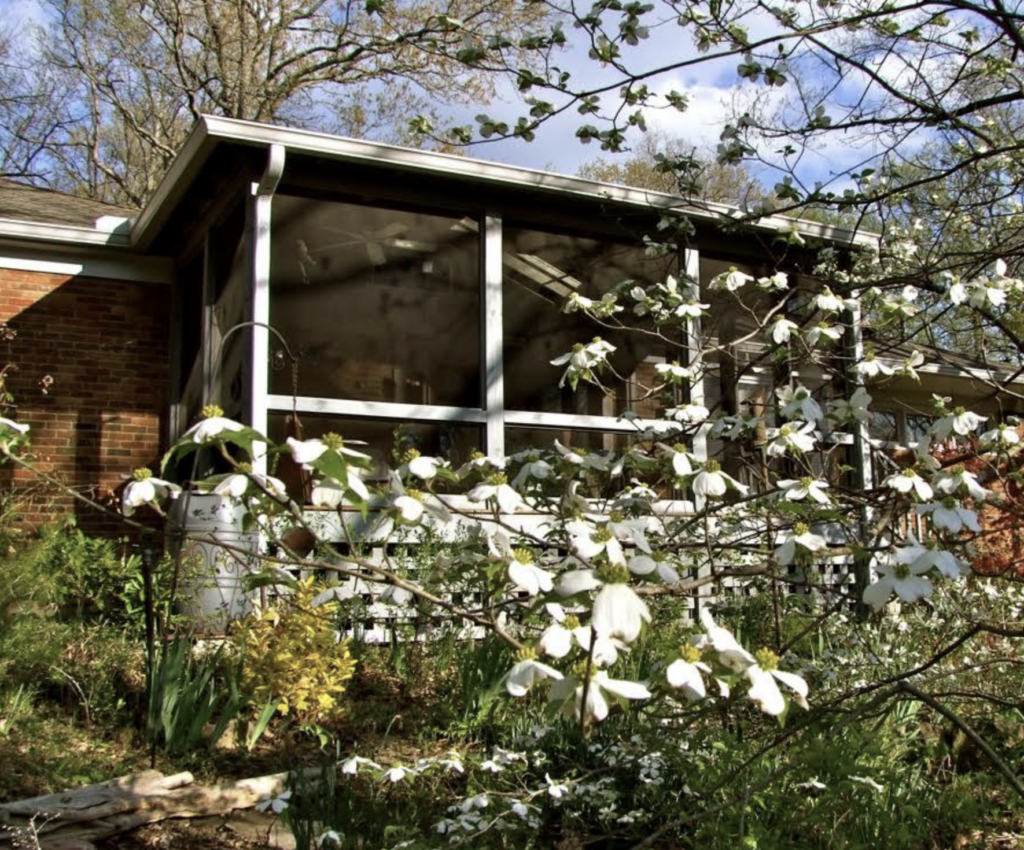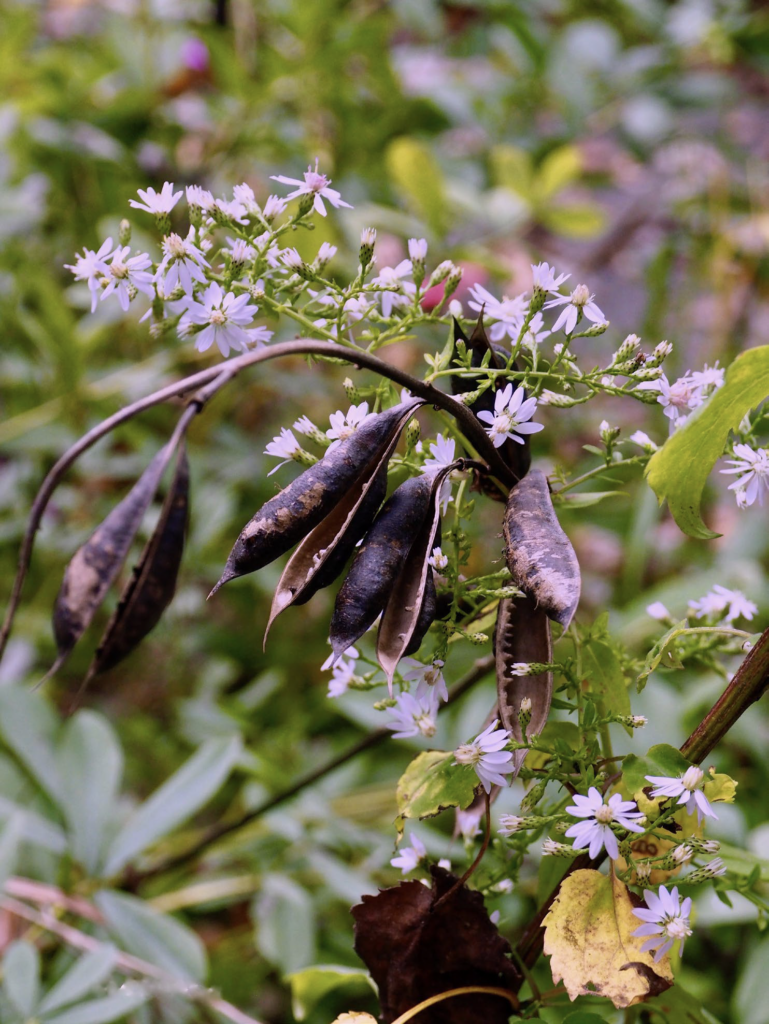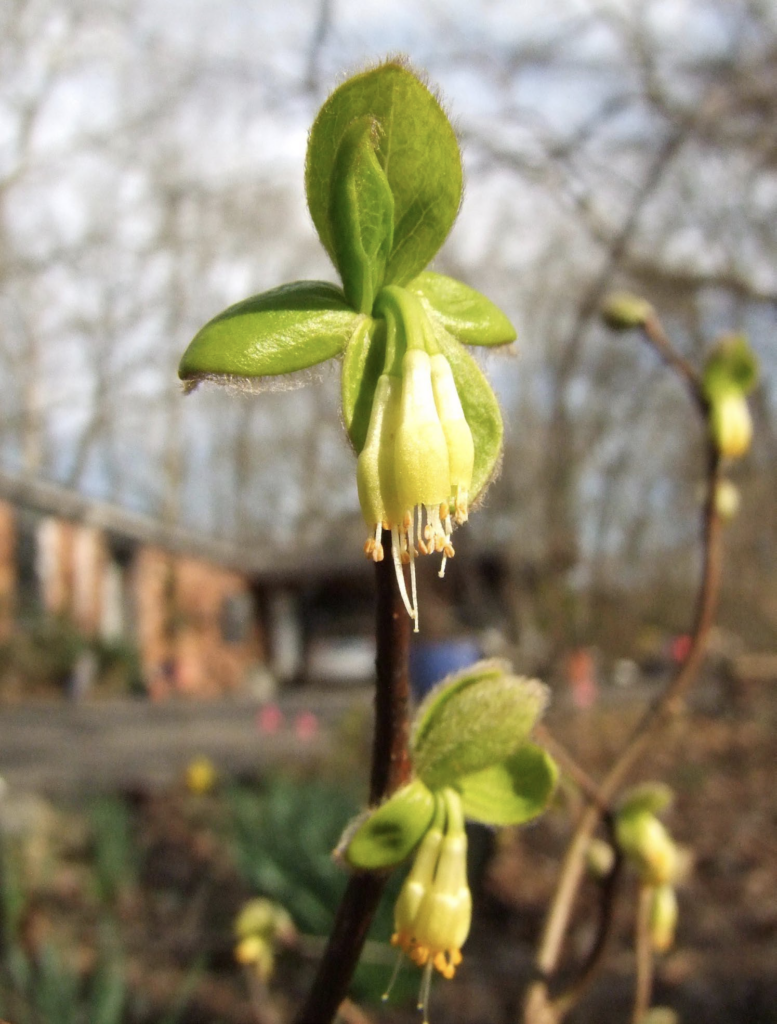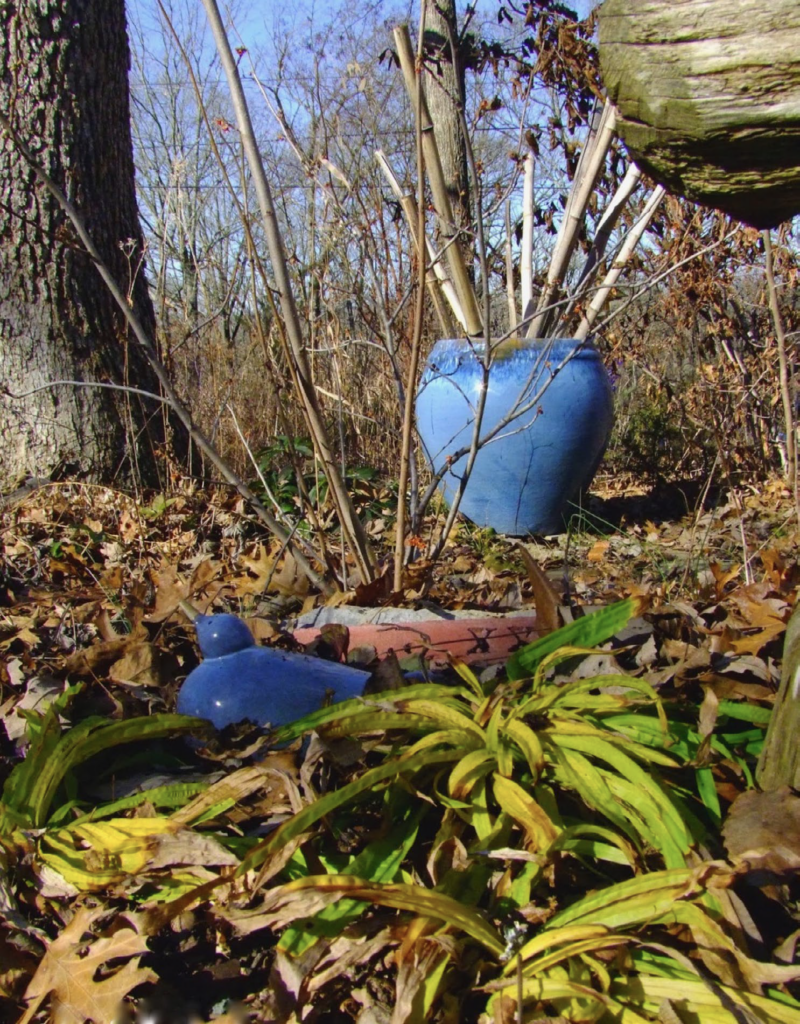For Gail Eichelberger, it’s not about making mistakes. It’s about learning from those mistakes.
This is an excerpt from the Wild Ones Journal
Current members can log in to read the latest issue or check out the Journal Archives.
In the beginning of her wildflower-pollinator journey, Eichelberger said she was like many other people. She would go to stores like Home Depot or buy plants from catalogs and think their plants were perfect for her climate and gardens. Most eventually ended up dying.

However, that changed after she visited her first native plant nursery and read the book, “Wildflowers of the Central South.” Throughout the years, she has continued to learn as she reads books from authors like Wild Ones Honorary Director Doug Tallamy, completed the Tennessee Naturalist training, and joined groups like the Tennessee Native Plant Society and Wild Ones.
Eichelberger said one of her biggest mistakes was not realizing that your soil and the amount of sunlight and rainfall make a difference in what will thrive or die in your yard.

“I didn’t pay attention to the gardening conditions I was given,” she said. “I planted some beautiful Tennessee ‘Rocky Top’ coneflowers, but they ended up looking like a downward facing dog laying down because they weren’t getting enough sun.”
Eichelberger said people need to pay attention to what grows in their conditions and she suggests they visit nearby natural areas to get ideas.
Since her soil is shallow (some is only 2 inches deep) and clay and rock filled, she has added a lot of containers into her beds. “I’ve actually taken the bottom out of some of the planters and added soil,” she said, giving the plants the additional soil they need to thrive.
“The shallow, nearly neutral clay soil can be as hard as concrete during our dry summers and wet and sticky during our rainy winters,” she said. “I learned that Middle Tennessee had a unique microclimate, many interesting wildflowers that grew nowhere else, and that the rock in my garden is limestone bedrock overlain with thin soil. I finally understood that plants had to be rugged to survive in my garden and that planting native wildflowers made sense. After all, they had evolved and adapted to our wet winters and dry summers.”

Eichelberger planted Dirca palustris, commonly called leatherwood, to help give a more layered look to her landscape

Phacelia bipinnatifida, commonly known as fernleaf phacelia, is a species of phacelia native to the southeastern U.S.

Vernonia, known for its intense purple flowers, is a genus of about 350 species of forbs and shrubs in the family Asteraceae.
Besides knowing your yard and its conditions, Eichelberger also recommends those new to native gardening invest in a wildflower identification book for their state. “I also advise them to be realistic about how much garden they can manage, especially as they are aging,” she said. “When you are in your 40s and 50s and growing your garden, you also need to be thinking about ways to maintain it in your 60s and 70s,” she said.
And for those who can’t plant a garden, she encourages them to plant natives in pots. “You really can plant native plants in pots on your deck or balcony,” she said.
Because the yard had no understory shrubbery when they moved here, she planted smooth hydrangea (Hydrangea arborescens), rusty blackhaw (Viburnum rifidulum), golden St. John’s wort (Hypericum frondosum), common spicebush (Lindera benzoin), beautyberry (Callicarpa Americana), strawberry bush (Euonymus americanus), and roughleaf dogwood (Cornus drummondii). Over the years, she planted even more understory shrubs — northern bush honeysuckle (Diervilla lonicera), common witch hazel (Hamamelis virginica), Ozark witch hazel (Hamamelis vernalis) and leatherwood (Dirca palustris) — and small trees that give the garden a bit more of a layered look.
Eichelberger also blogs about her gardening exploits in Clay and Limestone, named appropriately after the type of conditions she gardens in. Her most popular blog posts are “Wildflower Wednesdays,” blog posts which describe the many native plants in her yard or ones she is planning to add there.
She said she doesn’t have as much time to spend on her blog now that she is helping with childcare for her 4-year-old granddaughter, Ever Mae. But that doesn’t mean that the two don’t spend a lot of time in her gardens watching birds and hunting for insects. With Ever Mae’s dad a conservation biologist and her grandmother’s influence, there is little doubt that the young girl will grow into a natural plant lover, too.

A bee nectars on false indigo in the Eichelberger yard.

Eichelberger said she planned to add more gardens last summer that she and Ever Mae could work on together. The pandemic and the inability to shop safely for native plants locally meant those projects were put on hold.
“Fortunately, we don’t have a Home Owners Association setting rules on what they think is a pretty yard,” she said. “The garden makes me happy and my neighbor across the street says it makes her happy, too.”
While certified wildlife habitat signs are clearly posted and visible to passersby, she hasn’t converted many of her neighbors yet to native plants. But one neighbor walked over to admire some of her asters and she pointed out he had the same flowers on the side of his house. He liked them so much, he moved them all to the front. In addition, Eichelberger said she occasionally gets someone who stops by and says they love her garden.
“I’m thinking of adding a box to the front that I can fill with brochures that vary with the season,” she said. “For instance, why people should leave their garden standing in the winter.”
Eichelberger said she has too many favorite plants to name them all.
“I adore the spring ephemerals, but Scorpion weed (Phacelia bipinnatifida) is by far one of my favorite early bloomers. It’s a beautiful ground covering biennial that is a pollinator magnet in early spring.”
Other favorites are phloxes and “rough and tumble” asters, which require little care. All are magnets for all kinds of insects, she said.
She said she tries to garden so that something native is blooming all year long. “In Tennessee, a lot of people are springtime gardeners because it gets so hot in the summer,” she said. “But I want something to be blooming at all times … so birds, butterflies and bees continue to visit my yard…”
About the Yard
- Gail Eichelberger’s home is situated on a 1-acre lot in Nashville, Tennessee, in what’s called the Central Basin. With a front screened porch that she likes to sit in and enjoy nature, most of her gardens are located in the front yard, which is about one-third of the space.
- About 85% of her plants are native to Tennessee and of those, a majority are native to middle Tennessee.
- Since the early years of plopping plants wherever there were no rocks, the garden has grown to include paths and beds around and under her native canopy trees.
- She says her garden is especially beautiful in late summer/early fall when the Symphyotrichum bloom. “In November, the last asters bloom and it’s a delight to watch the bees hard at work to provision their nests before winter arrives. I like whimsy and have two wonderful blue bottle trees that bring color to the garden when it’s either very green (late spring) or very brown (winter). Her yard is frequently visited by lots of bees (bumblebees, green metallic, small and Eastern carpenter bees) and others she is working on to identify. Eichelberger also sees Swallowtail butterflies and hopes someday to have a zebra swallow- tail visit the pawpaws she planted.
- Birds love her yard and she’ll often see eastern bluebirds, Carolina chickadees, tufted titmouse, robins, blue jays, eastern towhee, woodpeckers (downy, hairy, red-bellied sapsuckers), goldfinches, Carolina wrens, juncos, owls, hawks and more.
Written by Barb Benish
All photos courtesy Gail Eichelberger

